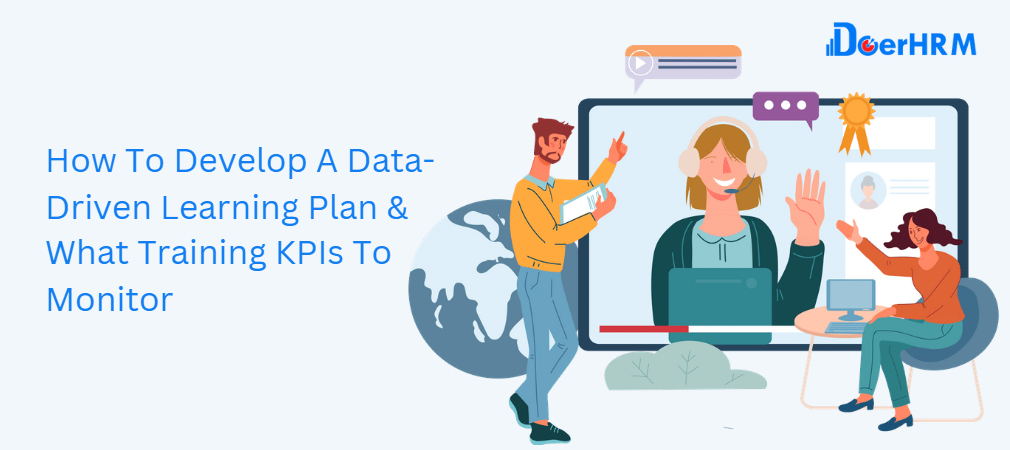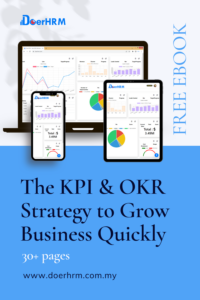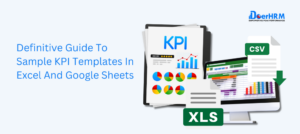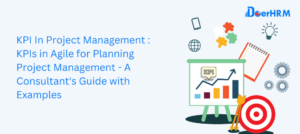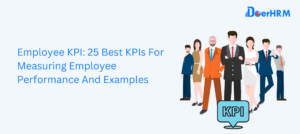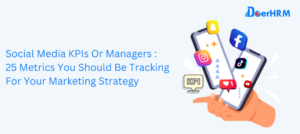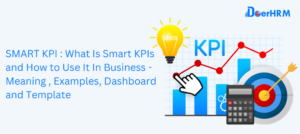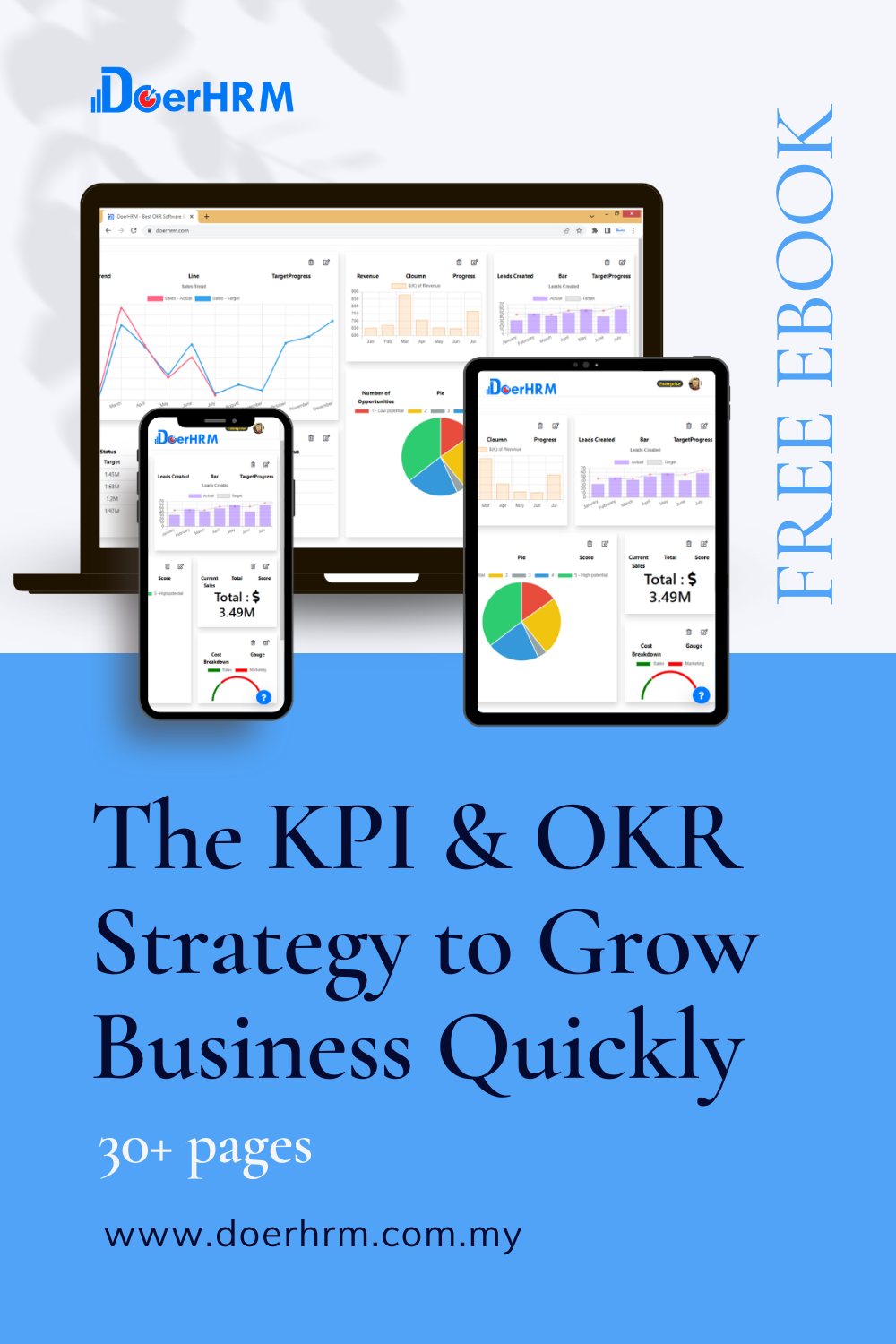You obviously know that employee training is important, but you frequently need to demonstrate where, how, and how much you should invest. You require measurable training KPIs to assist you to progress from improving your employees to meeting your company objectives.
And you must do so in a way that avoids drowning yourself in excessive information.
Setting up particular, targeted measures is the solution if you’re confused about assessing training effectiveness. Metrics that will allow you to seamlessly track learner development, employee behaviour, and performance.
In this article, we’ll discuss the necessity of using a data-driven strategy in learning and which training KPIs are important and how to use them.
Why should you use a data-driven approach to learning?
Data collection to measure training efficacy saves money. Consider this: a big corporation could save $60.3 million per year if its managers moved their employees to the top quartile of engagement, according to a Gallup poll. While training is one method to do this, and the typical major American corporation spent $17.7 million on training in 2019, most organisations are not seeing a return on their investment in training.
Why? Because their training technique is typically not data-driven.
A data-driven learning strategy ensures that your training system corresponds to the changes you want to see in your bottom line – and vice versa. If your goal is to boost sales or customer happiness, for example, specific competencies and soft skills must be included in your training.
You must also establish training KPIs to assess these abilities.
However, while KPIs for training can (and should) vary depending on your goals, there are key training indicators that you should be aware of.
In the following part, we’ll go through these critical training KPIs.
What training KPIs should be monitored?
When developing your data-driven learning plan, you must ensure that you have an effective method for analysing learning objectives. Fortunately, if your LMS is worth its salt, it will be able to generate bespoke reports on any user, course, or activity without requiring any further effort from you.
But you’ll need a mechanism to prioritise all of this data.
An excellent starting point would be Kirkpatrick’s training assessment model, which has four levels: response, learning, behaviour, and outcomes. Establish training KPIs for each of these four levels. It will offer you a decent idea of if your training is successful in imparting information and skills to employees.
And whether or not overall performance is improving as a result of training.
Level 1: KPIs for Reaction
You want your training KPIs to assess how engaged learners are and how they interact with their training courses at this level. For example, you could want to find out whether they respond better to certain sorts of information. You’ll also want to examine how they react to various content distribution techniques (e.g. pre-recorded videos vs live zoom seminars). This will provide you with information about how successful and engaging your present training setting is.
At this level, some specific training KPIs to monitor are:
- Attendance rate: This is especially helpful if some of your instruction is voluntary or self-paced.
- Use of a mobile app vs a desktop computer: Most decent LMSs also provide a mobile app that your employees may use. At this stage, you should determine if your employees prefer to study through their phones or laptops since this will allow you to optimise the information properly.
- Employee comments: Were they entertained or bored with the training? Is it useful or perplexing? What aspects would they change? The ideal approach to collect this information is through pulse surveys incorporated in the training: this allows employees to review the course while it is still fresh in their memories.
Level 2: KPIs for Learning
At this stage, you want to see how much of the information your employees have absorbed. You may also assess how much of this new information people are able to implement successfully on the job.
At this level, some specific training KPIs to monitor are:
- Training completion rate: This will show you how many employees completed all of the training. Training completion rate is one of the most significant training KPIs to monitor since it may help with compliance. For example, when it comes to the necessary components of your training, you should have a 100% completion rate.
- Average training completion time: This measure will not only show you how long it takes employees to complete a course (vs how long you believe it takes), but it is also one of the training metrics that may help you evaluate your ROI. For example, if you multiply the average completion time of a course by the average income of an employee, you may get an idea of how much your training truly costs.
- Information retention: You want to determine how much of the knowledge that was imparted to your employees has persisted in their minds over time. Making follow-up assessments a component of your training can help you achieve this. Managers and team leaders may also provide insight into how employees perform the following training and whether they are effectively applying what they have learnt.
Level 3: KPIs for Behaviour
You will be watching employee behaviour both before and after training at this level. While they are working, you can also tell how confident they are in their new skills.
Here are some examples of specialised training KPIs to monitor:
- Collaboration rate: Group learning improves learning outcomes. Did your employees take advantage of all the training-related chances for collaboration? Did they discuss learning while collaborating to finish tasks? You may find out by either directly asking them via a pulse survey or by gathering information such as participation in online forums and comments.
- Learner assurance: How self-assured are your employees about their newly acquired skills and knowledge? Employees may review the course while it is still fresh in their thoughts by using pulse questionnaires that are integrated into the training, which is the ideal approach to collect this data.
Level 4: KPIs for Outcomes
To establish how much your data-driven learning strategy has enhanced ROI, you must now take a holistic view of your business. For the most part, you can’t measure these KPIs through your LMS, but you should compare these results to those from the other three tiers to obtain the whole picture.
Here are some things you should measure:
- Individual effectiveness improves: Working with managers and supervisors, you must determine how productive each person is today vs how productive they were before training. This will help you to identify those who do not apply what they have learnt in their daily job.
- Average efficiency improvement: Once you have the individual results, you can determine how much more productive your employees were on average following training.
- Overall growth rate: Of course, growth can be attributed to a variety of sources. However, after you have all of the other information (such as the average efficiency improvement), you will be able to understand how much the training you provide has influenced your development rate.
Conclusion
All of these KPIs are not required to be measured. You may even simply begin with one or two.
Also, keep in mind that your company’s finest KPIs won’t be the same as those of another business.
When configuring your KPIs and measures, keep in mind your overall training objectives. Then, proceed to build your KPI from there.
